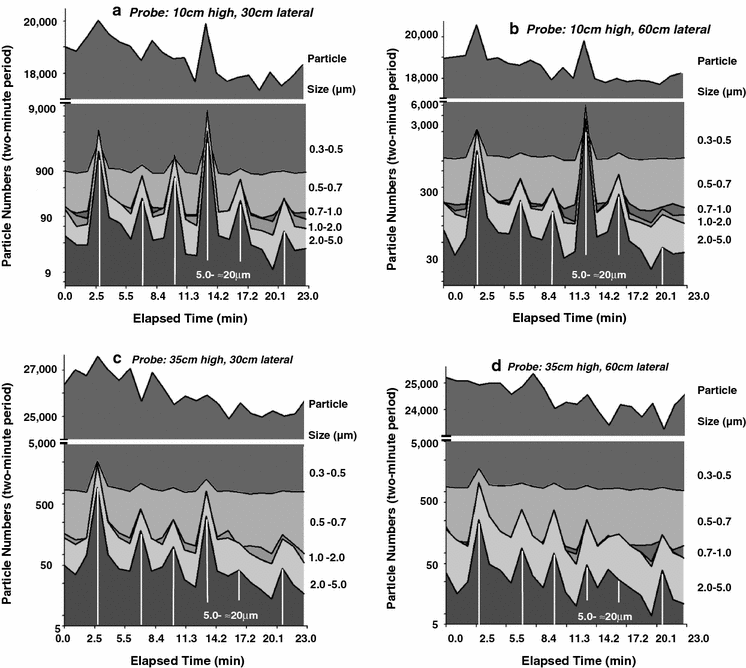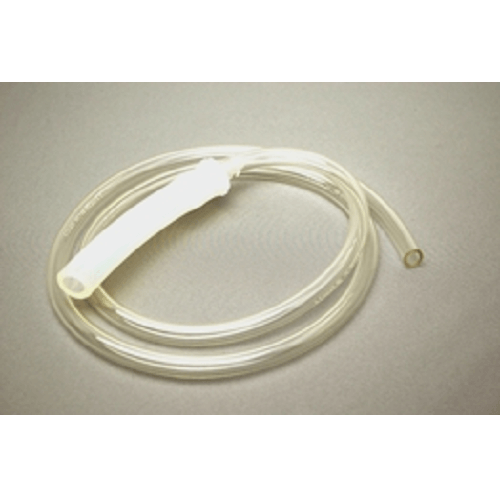

DECOS regards an exposure level of 90 EU/m 3 as a NOEL (no observed effect level), based on the effects on FEV 1 of six-hour exposure to endotoxins in the study by Castellan et al. Currently, the Dutch Expert Committee on Occupational Safety (DECOS) of the Health Council recommends a health-based occupational exposure limit of 90 EU/m 3. These outcomes are interesting for governmental institutions in particular, in order to formulate guidelines to protect the public health and safety of their inhabitants. Since it is not clear whether effects observed at high exposure levels can be extrapolated to lower exposure levels, further research is warranted. Ambient endotoxin concentrations in the proximity of livestock farms and bioaerosol levels near composting sites have been found to be in the lower range of exposure levels measured in several occupations. However, interest in the possible adverse health effects of endotoxin exposure on non-occupationally exposed populations is growing. While respiratory health effects of exposure to high levels of endotoxin are well described, potential effects associated with low levels of exposure are less well established.

In addition to adverse health effects, occupational endotoxin exposure in agricultural workers has also been implicated in protective effects on allergic sensitisation and hay fever. The effects of exposure to endotoxin are predominantly respiratory, including decline in lung function and increased prevalence of chronic bronchitis and asthma-like syndrome. found a clear exposure–response relationship between endotoxin concentration and group mean percentage change in forced expiratory volume in one second (FEV 1) in individuals experimentally exposed to endotoxin containing cotton dust.

When challenged with aerosolized endotoxin, people have shown a hundredfold increase in neutrophil levels and tripling of lymphocyte levels in bronchoalveolar fluid. By binding to the CD14/TLR4/MD2 receptor complex on macrophages it triggers the production of cytokines and proteins that cause inflammation. Aerosolized endotoxin is absorbed onto the surface of particulate matter and thus transported through the air. Inhalation of endotoxin, a lipopolysaccharide component of the cell-wall of Gram-negative bacteria present in organic dust, induces an inflammatory response in the lungs. Over the last thirty years, a considerable amount of research has been performed to gain insight into the respiratory health risks of people occupationally exposed to high concentrations of organic dust and endotoxin. Since potential health effects of these emissions are relevant to all people living and working in these areas, the relationship between exposure and health is a current topic of research. In the Netherlands, regions where air quality is influenced by emissions from livestock farms are densely populated.

However, poor air quality in rural areas may also be of influence on people’s health. Health effects of air pollution have mainly been studied in urban areas, where pollutant concentrations can be high due to emissions from industries and traffic. Significantly different effects of endotoxin exposure were also seen in vulnerable subgroups (atopics and patients with broncho-obstructive disease) and smokers. Significant exposure-response relationships between endotoxin and symptoms and FEV 1 were shown in several studies, with no conflicting findings in the studies included in the best evidence synthesis. Instead, a best evidence synthesis was performed among studies examining the exposure-response relationship between endotoxin and respiratory outcomes. However, considerable heterogeneity existed in the outcomes of the included studies and no overall estimate could be provided by meta-analysis to quantify the possible relationship. Several studies reported statistically significant effects of exposure to low levels of endotoxin on respiratory symptoms and lung function. Most studies ( n = 23) were conducted in an occupational setting, some involved domestic or experimental exposure. Twenty-two included studies had a cross-sectional design, others were designed as longitudinal observational ( n = 7) or experimental ( n = 2) studies.


 0 kommentar(er)
0 kommentar(er)
